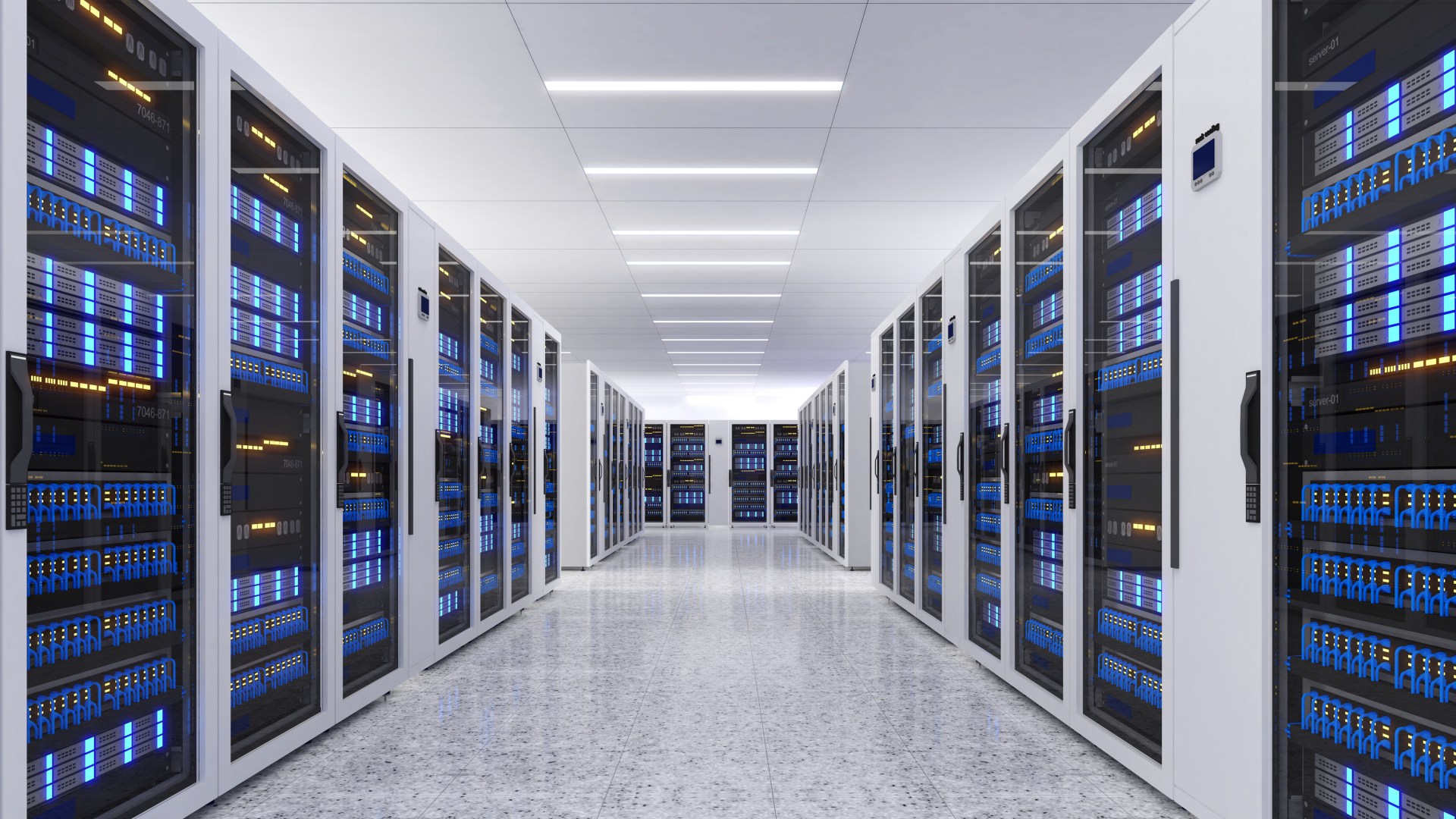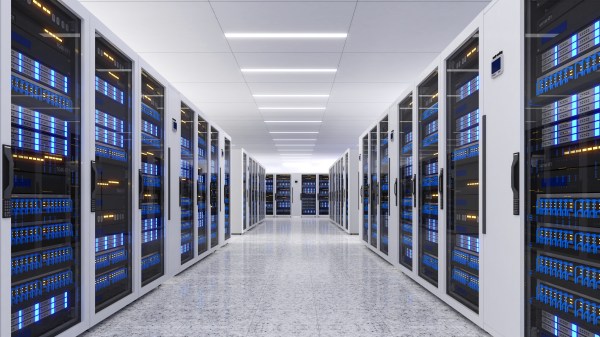

Cyberspace may transcend geography but IT infrastructure is housed in physical real estate. As with all forms of real estate, location matters. With that in mind, here is a quick guide to the importance of location in data center selection.
The geographical location of a data center significantly influences its vulnerability to environmental, human, and digital hazards. Understanding the relationship between a data center and its location is key to planning effectively for the risks each location brings.
At a high level, it’s fairly easy to get an idea of the sort of environmental hazards a location might pose. Some of these will be obvious just from its basic geography.
For example, coastal areas are known to be at risk of high winds such as hurricanes. Severe winds also tend to trigger floods, especially in areas that already have a lot of water nearby.
Other hazards can be revealed with some basic research using only the public internet. For example, it’s usually very easy to find out if an area has a history of earthquakes or tornadoes. Likewise, you should also be able to learn about a location’s typical climate and history of severe weather.
In simple terms, the more human activity there is in an area, the more potential there is for humans to cause harm in a data center. This harm does not have to be intentional to be disruptive. For example, an accident could lead to a data center facility being damaged or at least having restricted access.
Some urban locations may also be at a relatively high risk of crime and/or civil unrest compared to suburban or rural ones. As with environmental hazards, you should be able to get an idea of your exposure to this by doing some research. You should, however, also keep in mind that civil unrest can flare up with little warning.
To a large extent, digital hazards are independent of location. With that said, if a data center is located in an area where there are geopolitical tensions, it may be actively targeted. This is particularly likely if it has a political connection, for example, it hosts government services.
Data centers need to power IT infrastructure, cooling systems, and general infrastructure (e.g. lighting). This means they use a lot of power. For both cost and sustainability reasons, data centers typically make energy efficiency a top priority. It should therefore be considered when choosing a data center location.
All data centers need robust cooling systems. The choice of location can, however, determine how robust these systems need to be. Essentially, the warmer the area’s climate is, the more work the cooling systems will need to do, and vice versa.
The impact of this can be somewhat mitigated by the use of advanced, energy-efficient, cooling systems. Even so, it will always be felt to some extent.
For clarity, places with warm climates can still be good overall choices for energy-efficient data centers. In particular, they may allow the data center to generate at least some of its own electricity through solar panels.
Technically, using renewable energy does not make a data center more energy efficient. It does, however, lower a data center’s environmental impact. Moreover, if the energy is generated on-site, it can lower a data center’s operational costs. This means that, effectively, using renewable energy has much the same impact as improving energy efficiency.
The availability of renewable energy is almost totally dependent upon a data center’s location. Furthermore, the ability to install the necessary infrastructure usually depends on the ability to get permission from local authorities. How easy this process is can vary widely from one location to another.
Robust network connectivity is an absolute non-negotiable for all data centers. The geographical location of a data center often plays a huge role in determining the quality, efficiency, and reliability of its connectivity options.
In practical terms, the highest-quality network connections are the ones with minimal latency. Latency is the length of time it takes data to travel from A to B. It is therefore strongly influenced by the length of the journey from A to B. Where low latency is imperative, therefore, data centers should be located as close as possible to their user base.
The quality of the underlying network infrastructure is fundamental to the quality of the network connection and, hence, the user’s experience. It can vary hugely from one location to another. It is therefore vital to do both thorough and precise research on a locality before deciding whether or not it is suitable for a data center facility.
The more carriers there are in an area, the more flexibility organizations have to choose the best carrier for any given situation. It also makes it easier for organizations to have a ranking of carriers, backing each other up, to ensure resilience.

Discover the DataBank Difference today:
Hybrid infrastructure solutions with boundless edge reach and a human touch.